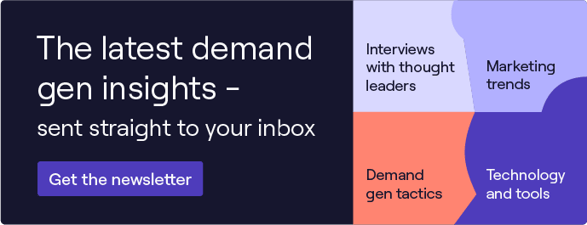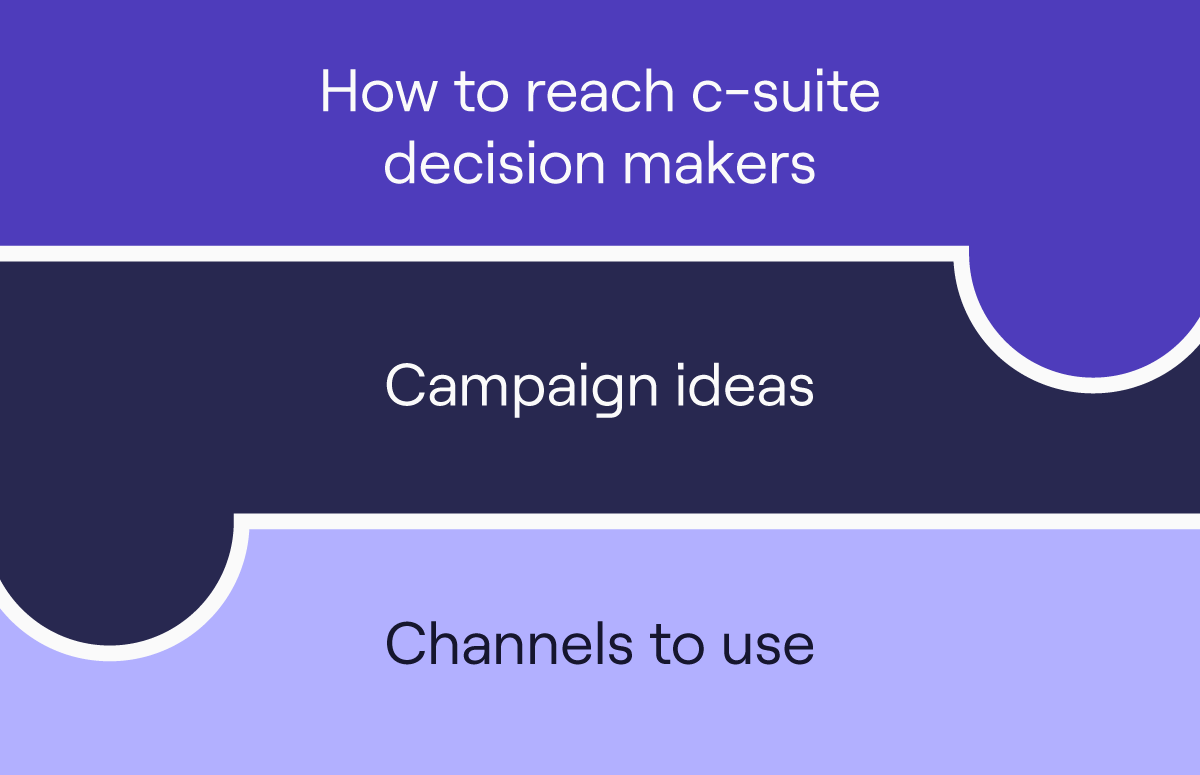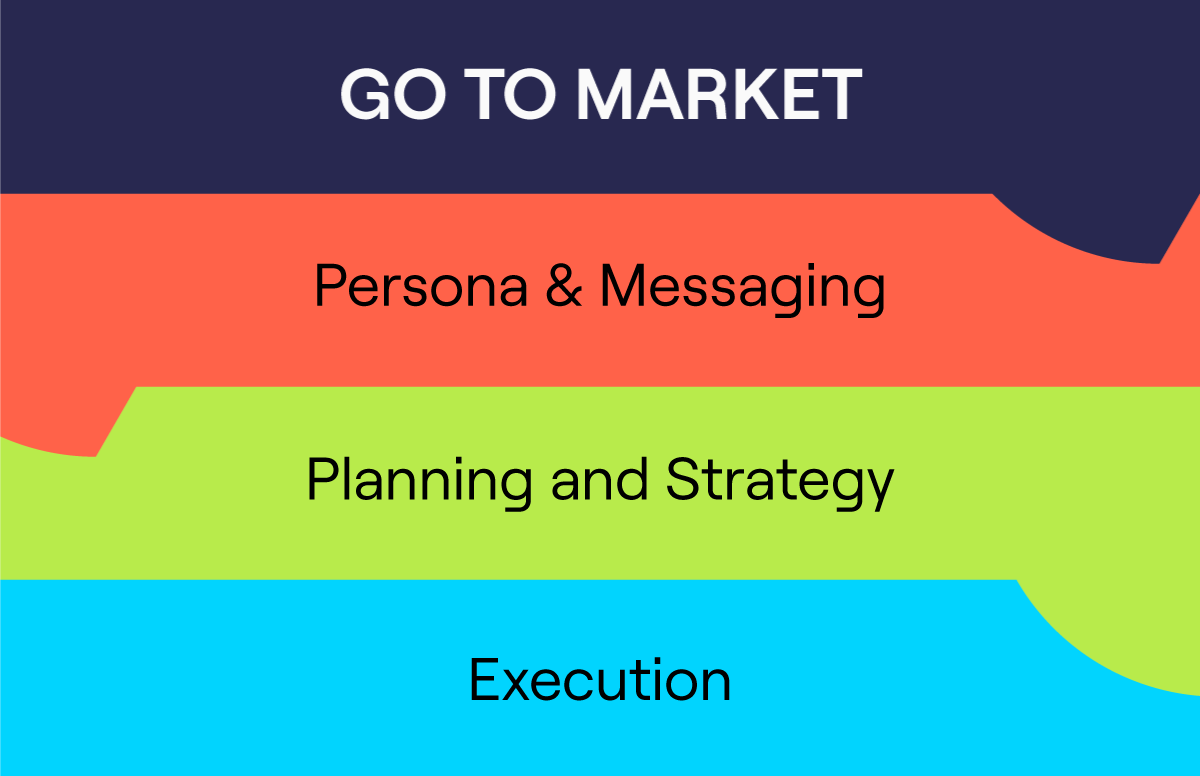B2B Marketers: How to Plan for a Cookie-less Future
Are you ready to adapt your B2B marketing strategy?
You’ve likely heard that last year, Google announced the controversial decision to phase out the use of third-party cookies.
Why did they take this drastic step?
In order to tackle user concerns over privacy when browsing online.
*panics*
They later announced they would postpone this change to 2023...
Phew, right? 😮💨
Well, yes and no.
Pushing back the date for the changes allows more time to utilise the data that these cookies provide and for you to prepare for the future, but realistically, this is something you should be addressing now.
It’s easy to bury your head in the sand and assume it will fix itself, but instead, treat it as an opportunity.
Find a solution that your competitors are too slow or in denial to search for.
A solution that works to your advantage so that you can smoothly transition away from third-party cookies when the lid is finally firmly on the jar.
How does this cookie crumble?
Google makes up 60% of the global market share, with Safari and Firefox making up around an additional 20% combined.
Safari and Firefox have already introduced measures limiting the use of third-party cookies and Google plans to implement their own restrictions in 2023.
This does not, however, restrict the use of first-party cookies - the ones that allow website owners to collect data on their visitors such as language settings or other useful information that helps to provide the user with a better online experience.
Instead, they will only be phasing out the use of the cookies placed on websites by third parties - the ones that collect data on users’ online behaviours.
Long story short, retargeting and prospecting using third-party cookies is soon to be a virtually obsolete method of data capture.
What does this mean for B2B marketers?
They’ll have to find new ways to identify users online to personalise messages, optimise campaigns and measure performance.
3 steps for building a cookie-less B2B marketing strategy
According to the most recent research from MediaSense, only 11% of CMOs across the globe are confident their business has completed its digital transformation journey.
This is due to a number of factors, such as a lack of in-house skills, internal silos and a lack of adequate data.
So if you’re not too sure where you’re headed quite yet, then you’re certainly not alone there.
But there are a number of existing and emerging approaches to targeting the right audiences that you can develop in order to build an effective digital marketing strategy.
And here’s how. 👇🏼
1 - Prioritise first-party cookies and zero-party data
Marketers are still allowed to gather data using first-party cookies on their own website domain. If you were under-utilising this before, then it’s time to focus on what can be learned from the information provided by customers browsing your site.
In addition to this, marketers can leverage zero-party data.
Zero-party data is information a customer purposefully shares with a brand. It can include things like:
- Preferences or interests.
- Personal details.
- Their purchase intentions.
It’s best described as data you wouldn’t otherwise know about a customer unless they told you!
Just as a customer would tell a shop assistant about the item(s) they’re looking for in a physical store, you can directly collect this information from users with their full permission. 🙋🏼
While users may be cautious about being tracked across the internet by cookies, an approach like zero-party data is mutually beneficial, so users would be more inclined to offer the information voluntarily.
The more information the user provides, the more personalised the content and experience can be.
Even if this process takes a little more time to gather momentum, once customers experience a reduction in tailored content due to a lack of information sharing, they are more likely to understand the benefit of choosing to offer marketers more data.
2 - Target interest-grouped cohorts
While you’ll no longer be able to use third-party cookies for advertising and retargeting, and Google won’t be building a cross-site tracking alternative, you will be able to target specific cohorts. 🎯
Google’s Privacy Sandbox uses technology that targets individuals based on larger groups of people that act in a similar way, have expressed similar interests, or frequently visit similar websites, called Google Topics.
This allows the individual IDs of users to be protected, but still allows them to be shown products and services that may interest them based on their group allocations.
3 - Develop your contextual and content marketing
Reality is, without third-party cookies, it’s necessary to adopt a portfolio of approaches that offers a solution to targeting your desired audience without clear identifiers.
This should include a strong digital content strategy - delivering the right content, to the right audiences at the right time. ⏰
It’s an opportunity to take things back to basics and show your understanding of your customer profile’s needs and behaviours. This understanding would likely have a positive impact on the levels of trust between you and your customers.
This is where leveraging data collection from first-party cookies or zero-party data can help.
In addition, you should identify ways to make it easier for your customers to find you when they search for a product, service or solution.
Some marketing activities to try are:
- PPC ads on relevant content aimed at a similar target audience.
- SEO content that puts your brand at the top of Google’s SERPs.
- Improving UX on your website, including entry pages that are optimised for increasing conversions.
Designing your cookie-less action plan
Okay - we admit it, it's not ideal for B2B marketers to no longer be able to use third-party cookies.
But look on the bright side - it just means it’s time to get creative and better utilise the resources you do have. 🎨
Evaluate the B2B data you’ve got access to. Ask yourself a question - how can you squeeze the most out of it? Consider the additional data you can collect to inform your decision-making and target your desired audiences.
It’s also a wise idea to keep your finger on the pulse of new and developing software; more solutions to targeted advertising are sure to emerge over the next 2 years.
Companies that are able to implement strong multi-media strategies - which may include targeted ads but aren’t fully reliant on them - will find themselves in a better position when third-party cookies are finally out of use.
Sign up for Cognism’s demand gen newsletter
Get the latest B2B marketing and demand generation insights, sent to your inbox every 2 weeks - click 👇 to join our mailing list!



